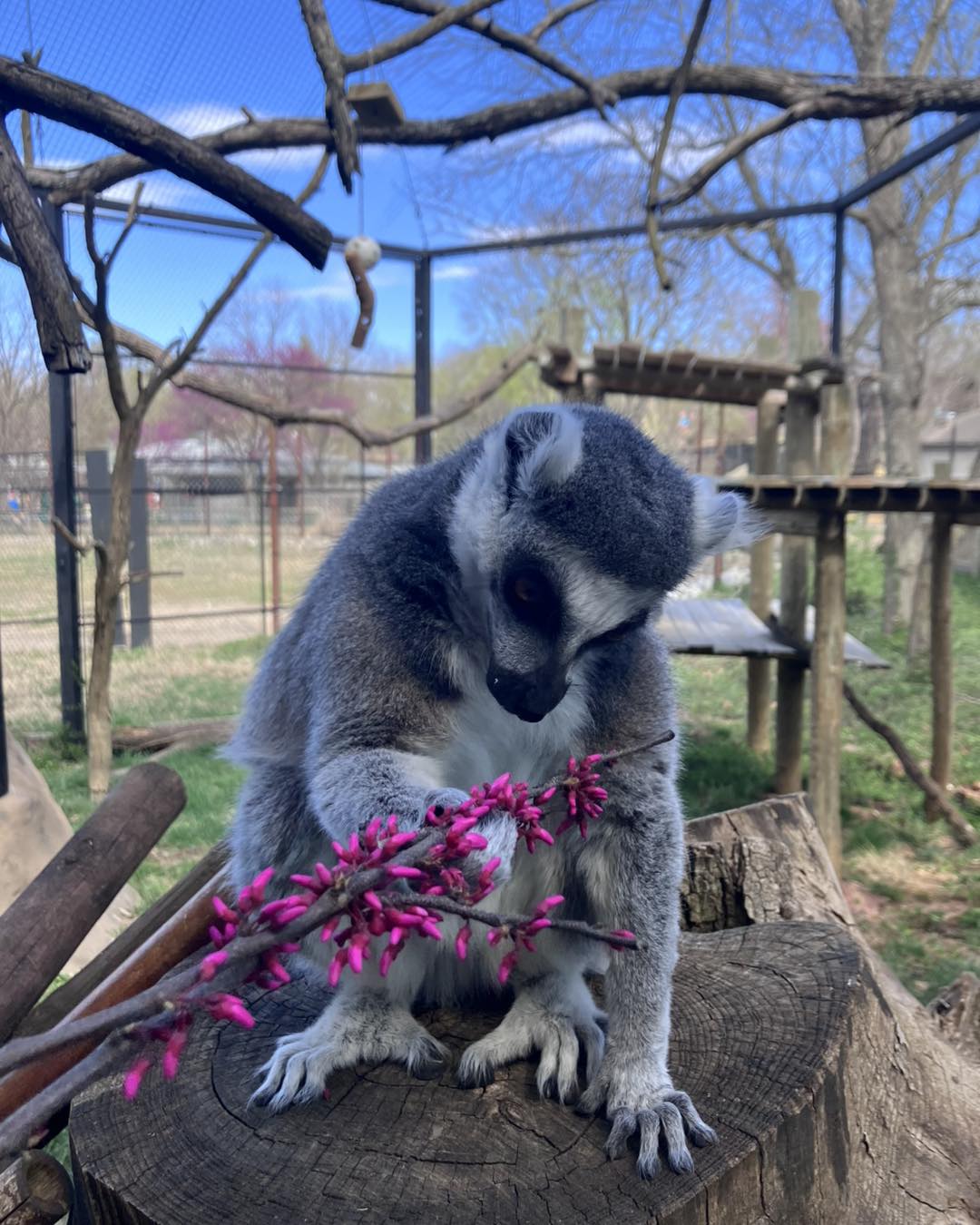- The significance of capturing the essence of spring through wildlife photography
- Understanding the role of zoo management in wildlife conservation
- The importance of public engagement in wildlife conservation efforts
- Addressing the vital role of zoos in species preservation and biodiversity
- How seasonal changes affect animal behavior and conservation strategies
Wildlife photography serves as a bridge between the public and the natural world, offering a glimpse into the beauty and complexity of animal life. Capturing the essence of spring in a single image, as wonderfully demonstrated in "Show me it’s spring in one adorable photo. (Keeper Macksi: challenge accepted! 📷💕)," provides an excellent opportunity to highlight the significance of seasonal changes in the animal kingdom. The vibrant colors, blooming plants, and increased animal activity make spring one of the most dynamic seasons in nature. This image is not merely a cute snapshot but an educational tool that sparks an interest in the natural cycles and behaviors exhibited by wildlife during this season.
Seasonal changes have a profound impact on animal behavior, affecting mating rituals, food availability, and migration patterns. In spring, many animals emerge from hibernation, plants bloom, and ecosystems experience a renewal of life. These changes necessitate adaptations in survival strategies, which are fascinating to both biologists and nature enthusiasts. The rightful depiction of such a phenomenon by Keeper Macksi not only captivates the audience with the charm of spring but also invites them to ponder the scientific principles underlying these natural marvels. Understanding these patterns is crucial for wildlife conservation efforts and can greatly aid in developing strategies to protect endangered species.
Zoos play a crucial role in wildlife conservation by providing safe environments for endangered species and engaging the public in conservation efforts. Through exhibits and educational programs, zoos spread awareness about the importance of biodiversity and the threats faced by ecosystems worldwide. Zoo management is tasked with the complex job of balancing animal welfare with species preservation. This involves creating habitats that mimic natural environments as closely as possible, managing breeding programs, and participating in international conservation efforts. Keeper Macksi’s challenge represents more than a simple photographic endeavor; it reflects the zoo’s role in communicating the value of conservation work and inspiring individuals to take part in the stewardship of our natural world.
Public engagement is an essential component of effective wildlife conservation. By fostering a connection between people and animals, zoos and wildlife sanctuaries encourage an appreciation for nature that can lead to real-world conservation actions. Keeper Macksi’s photograph is emblematic of this effort, portraying the joy and vitality of spring in a way that resonates with viewers. By highlighting the importance of these moments, photography becomes a catalyst for change, prompting discussions on conservation and inspiring personal and collective responsibility towards environmental protection.
The role of zoos in species preservation and biodiversity is multifaceted and extends beyond mere exhibition. As global biodiversity continues to decline due to habitat loss, climate change, and other anthropogenic factors, zoos become vital reservoirs for genetic diversity. Through strategic breeding programs, reintroduction initiatives, and international cooperation, these institutions contribute to the survival of numerous species on the brink of extinction. Understanding the full impact of these efforts requires recognizing the interconnectedness of ecosystems and the role that each organism plays within them. Keeper Macksi’s photograph serves as a reminder of the delicate balance existing in nature and the urgent need for continued conservation efforts.
In summary, the profound impact of capturing the essence of spring through an adorable photo lies in its dual ability to engage the public and inform them about the critical issues facing wildlife today. Wildlife photography, as exemplified by Keeper Macksi’s project, does more than enchant. It serves as a powerful tool for education and conservation advocacy. As such, it becomes instrumental in rallying support for the preservation of our planet’s rich and diverse life forms. Zoos, with their diverse resources and responsibilities, stand at the forefront of this mission, working diligently to protect the inheritors of our natural world.
*****
Source Description
Show me it’s spring in one adorable photo. (Keeper Macksi: challenge accepted! 📷💕)


